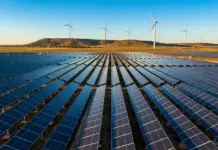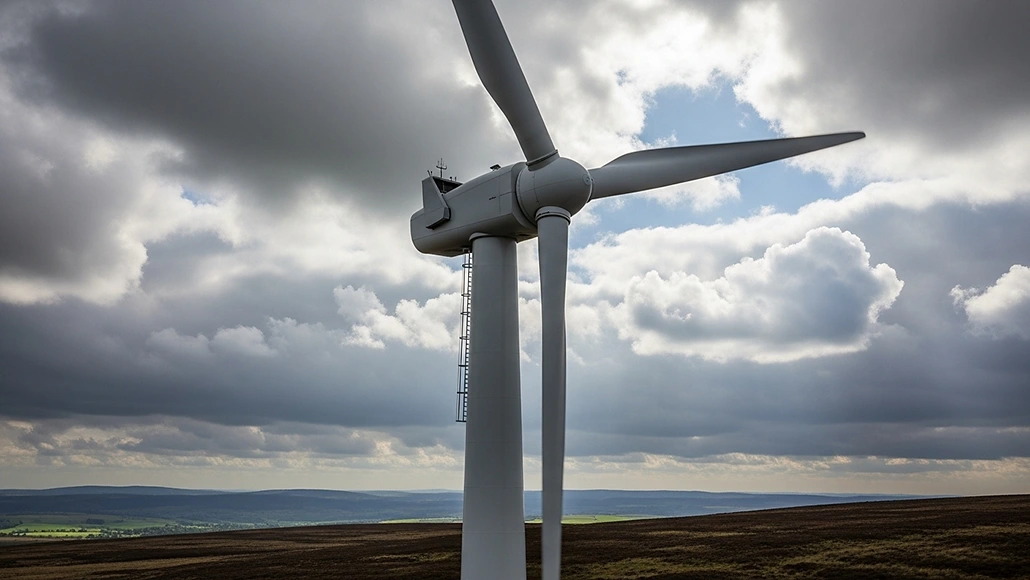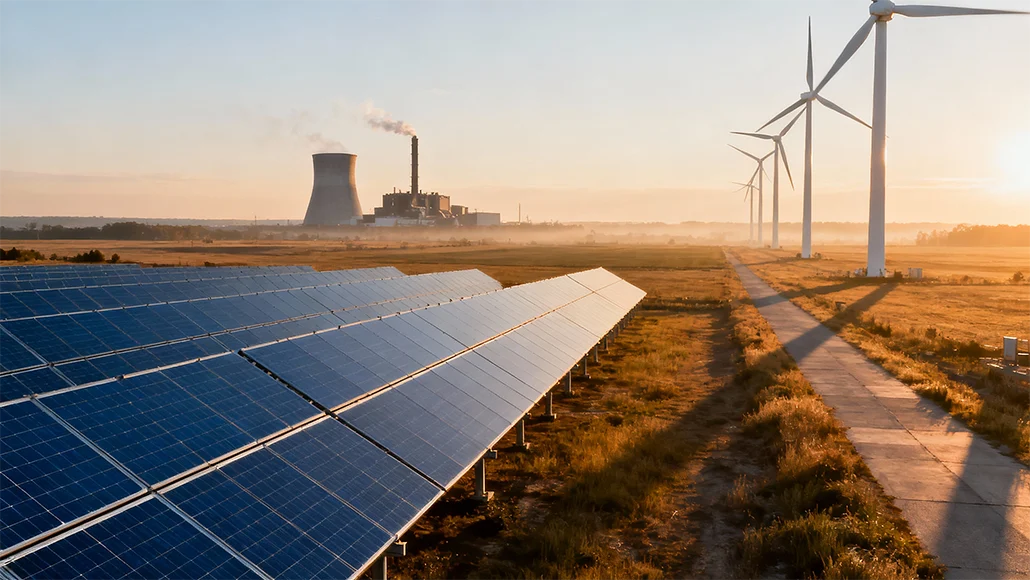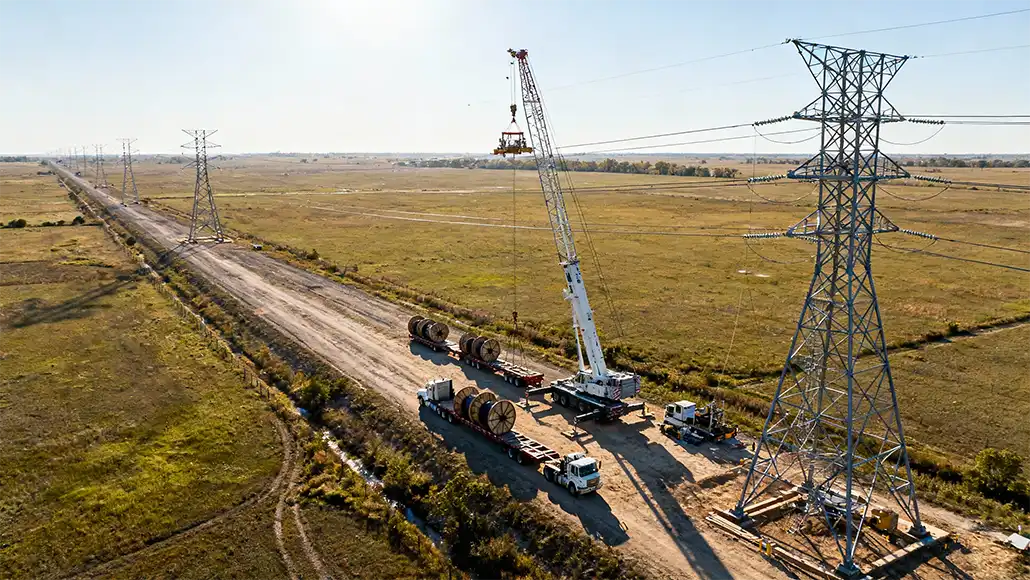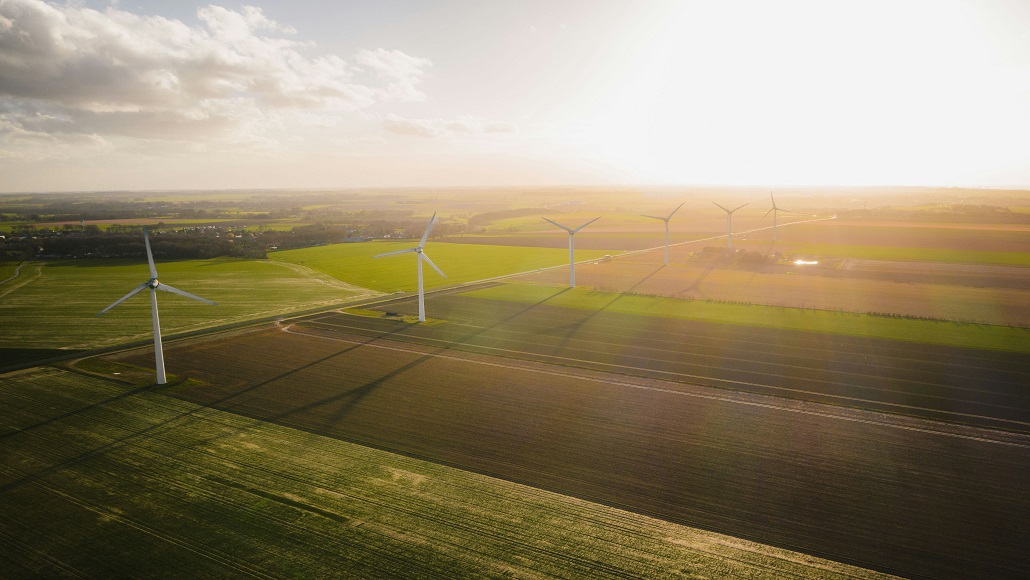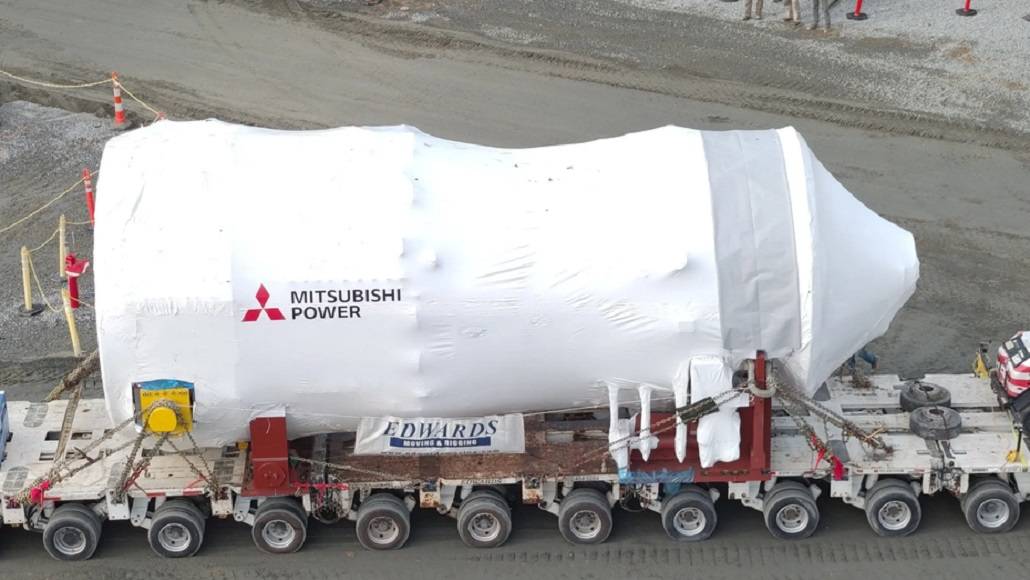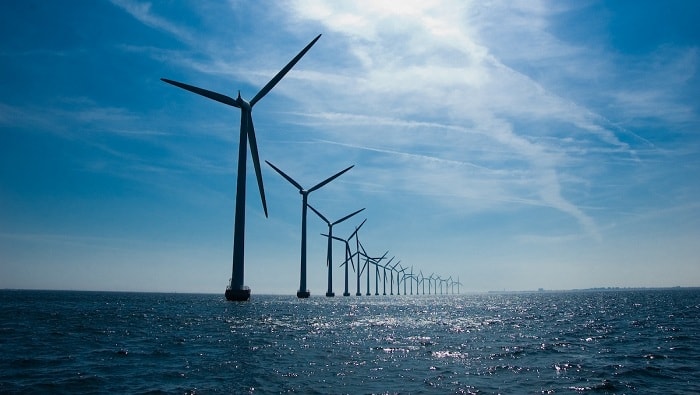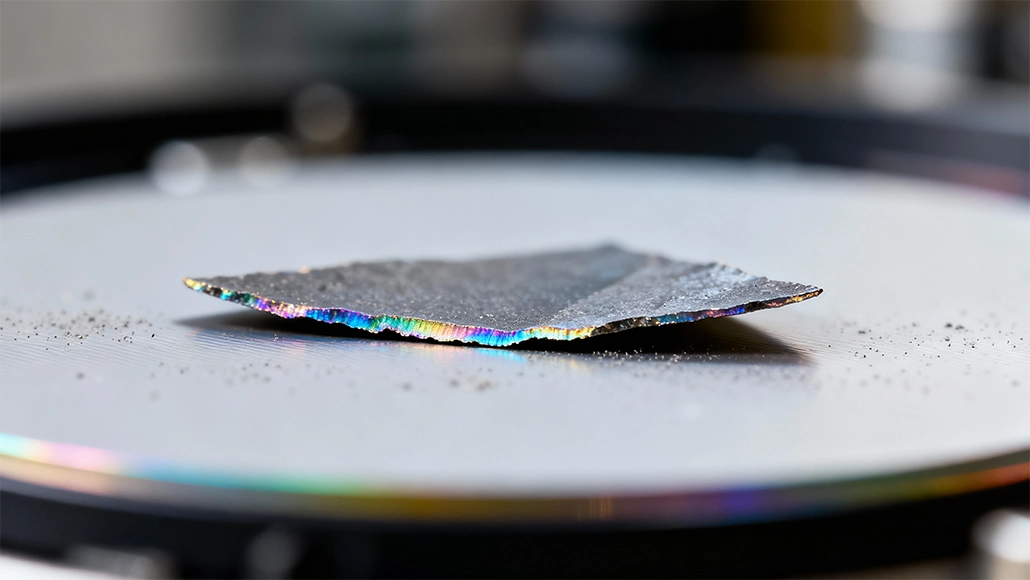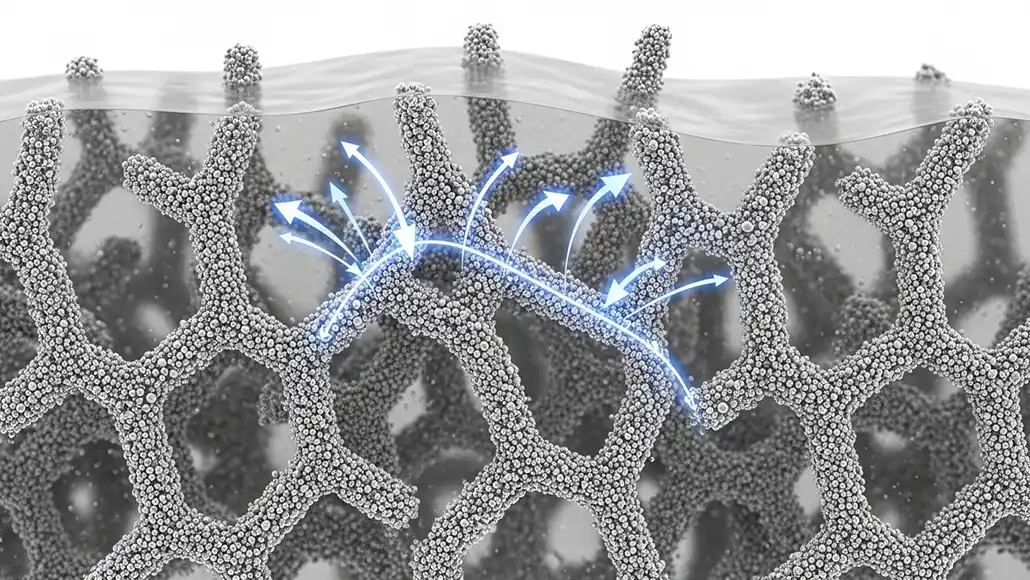In a recent move, the researchers from Henan University in China have gone on to develop a new type of ceramic fiber, which can make much more robust piezoelectric nanogenerators – PENGs.
As per the reports, the new development can go on to triple the output when it comes to nanogenerators and, at the same time, help with precise and self-powered tracking when it comes to the power grids.
For reference, piezoelectric materials happen to generate electricity when they get pressed, stretched, or even vibrated. The robust piezoelectric nanogenerators – PENGs make use of this effect so as to harvest power from vibrations coming from mechanical movements, such as vibrations in a power line, human motion, or machinery.
It is worth noting that the team created branch-like ceramic fibers through coating a ceramic – BCZT or barium–calcium–zirconium–titanate—having silver nanoparticles. Apparently, these fibers go on to form a heterostructure, which is the mixed structure having varied materials, which improves how the charges get separated and transported.
It is just like offering the fiber extra pathways in terms of electricity to flow and better charge the storage ability. This sort of new material is quite important, as it helps elevate the performance of the nanogenerator in two primary ways.
Brand new ceramic fibers
The first happens to be a better polarization efficiency since the charges inside the material line up in a more robust way so that more electricity gets generated. The second is by having more efficient charge transport.
When they are pressed, the Schottky barriers, which are the energy boundaries between silver and ceramic, help to direct the charges in the right way rather than scattering. As per the paper on the subject by the team, because of this fiber mixed into a plastic – PVDF, the nanogenerator went ahead and produced 96.4 volts along with 15.52 microamps.
So as to put that into perspective, this happens to be almost 3–6 times more output as compared to without the special fibers.
They went on to find the nanogenerator harvest power from vibrations coming from the lines themselves. When combined with circuits and wireless communications as well as machine learning, it could go ahead and detect if a vibration-damping device was working in a normal way or if it started to fail, or if it broke.
The team says that this could have a precision of almost 96%. This indeed goes on to show its potential when it comes to the use in self-powered smart sensors within the power grid, thereby helping with faster, cheaper, and safer maintenance.
Potential for self-powered grid sensors that look interesting
It is worth noting that this happens to be still very much early-stage research. The team requires overcoming certain issues in order to make it useful when it comes to the real world.
For instance, they must push the output even higher and at the same time also integrate it seamlessly along with electronics. They also must make it truly self-powered, having no external backup, and also prove that it works under messy and real-world grid scenarios.
According to a materials scientist at Henan University’s School of Physics and Electronics, Professor Haowei Lu, this excellent electrical output performance happens to be very crucial for efficient integration along with energy management circuits and signal recognition systems within the sensing applications. When one looks at the bigger picture, this happens to be a step toward developing battery-free and self-powered sensors in terms of critical infrastructure like power grids. If it scales, it happens to mean that smart monitoring systems do not require any sort of maintenance crews so as to consistently replace the batteries, which, by the way, could be a big win when it comes to dependability as well as cost.





